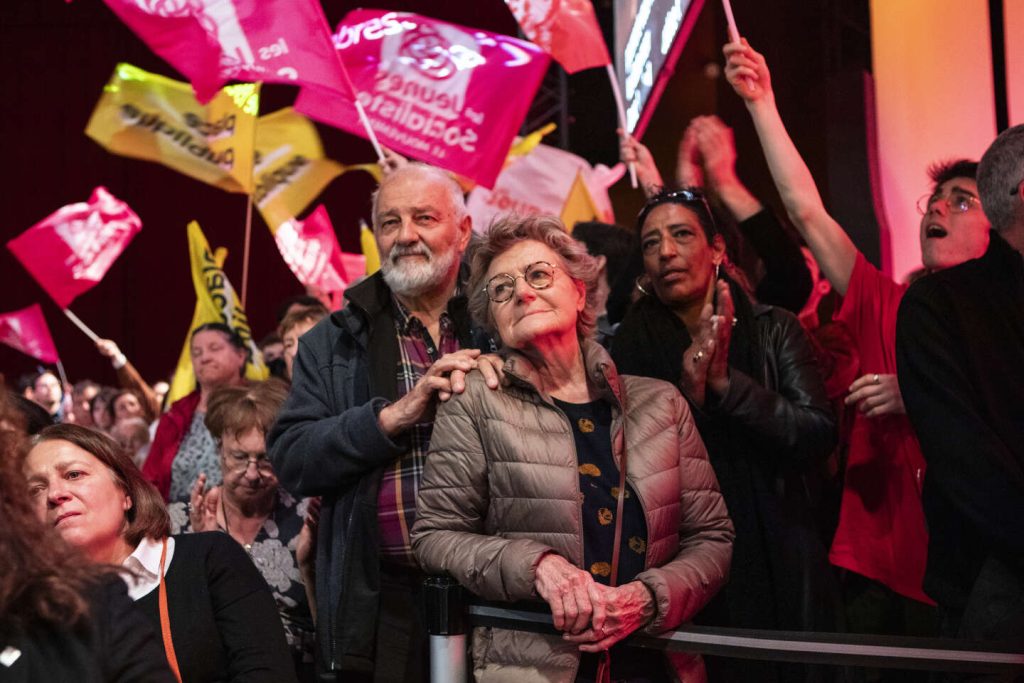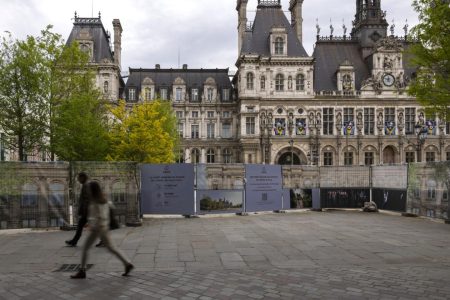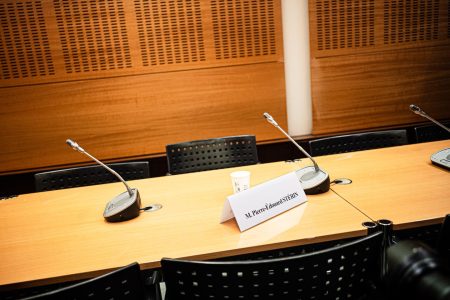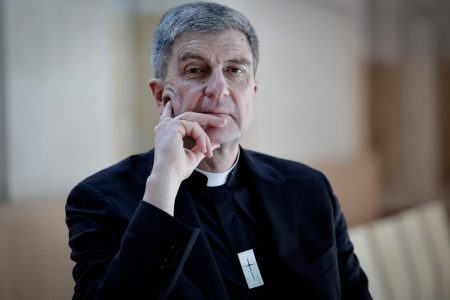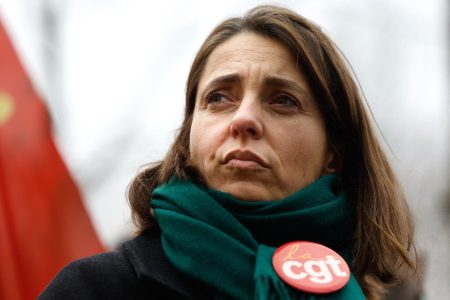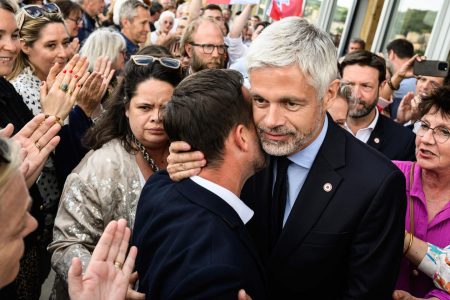The political scene sometimes lends itself to interesting comparisons. Just one day apart, two individuals with common characteristics such as a solid philosophical background, European experience, and the difficult task of defending the colors of struggling political families took center stage. On Saturday, March 23, at the Docks de Paris in Aubervilliers, François-Xavier Bellamy inaugurated the first campaign meeting for the party Les Républicains (LR) for the upcoming European elections on June 9. On Sunday, March 24, in Tournefeuille, Raphaël Glucksmann, the leader of Place publique, held his first public rally with the Socialists, whose colors he is tasked with defending for the second consecutive time.
The sea of blue, white, and red flags waved on Saturday was met with a forest of pink and yellow flags the following day. The left-right divide that both camps are trying to reinvigorate visually imposed itself without erasing the difference in tone between the two actors. Defensive on one side, conquering on the other. “Not to endure” was the leitmotif of François-Xavier Bellamy, who, in an effort to loosen the grip of Renaissance and the National Rally (RN), advocates for a “peaceful right that stands up for itself”. Putting the “ballot of hope” in the ballot box was the creed of Raphaël Glucksmann, who assigned to each supporter the mission of creating the conditions to “be the surprise of June 9”.
Such a contrast may be surprising, as, on paper, the Republican right and the social-democratic left start with the same handicap. Since 2017, they have been the two main victims of the upheaval caused by Emmanuel Macron to the old governing parties. LR and the Socialist Party have resisted in every way against the “en même temps” approach, but so far they have not managed to escape the trap. Not only did their attempt to bounce back in the 2022 presidential election result in a resounding failure (4.78% of the votes for LR candidate Valérie Pécresse; 1.75% for the PS candidate Anne Hidalgo), but the extremes have continuously eroded their support. The configuration of the European election campaign mirrors that of 2019: a match dominated by the confrontation between the National Rally and the presidential camp, organized as such by the two main players to leave little space for other political formations.
The contrast in approach between Bellamy and Glucksmann reflects their respective parties’ struggle to regain ground in a political landscape dominated by a battle between Macron’s party and the far-right. Both leaders are trying to mobilize their supporters with different strategies, as they face the challenge of standing out in a crowded field where the traditional parties are struggling to maintain relevance. The audience at each rally responded differently to the speeches, highlighting the divergent tactics employed by the candidates to rally support and garner attention in the lead-up to the elections.
In the face of an increasingly polarized political climate, the French electorate is presented with a choice between competing visions for the future of the country. The European elections serve as a battleground for the traditional parties to regain momentum and challenge the growing influence of populist and extremist movements. As Bellamy and Glucksmann lead their respective campaigns, they embody the struggle of their parties to redefine their place in a changing political landscape and regain the trust of voters who have turned away from the established parties. The outcome of the elections will determine not only the composition of the European Parliament but also the direction of French politics in the coming years.









